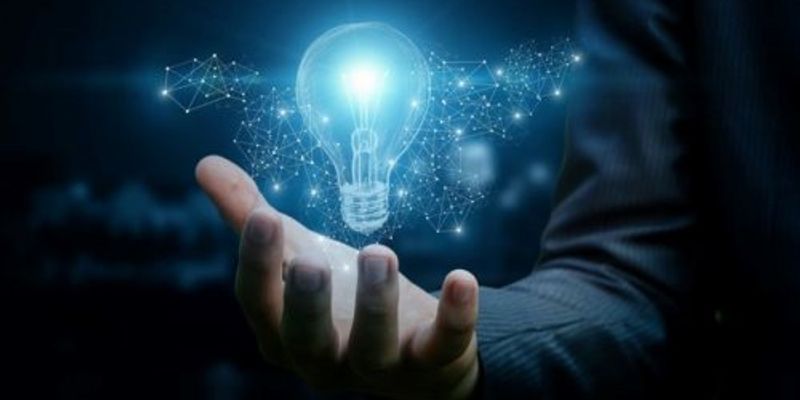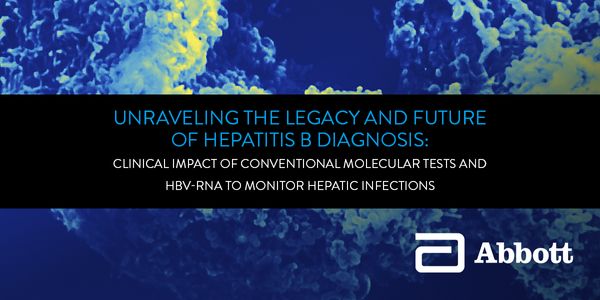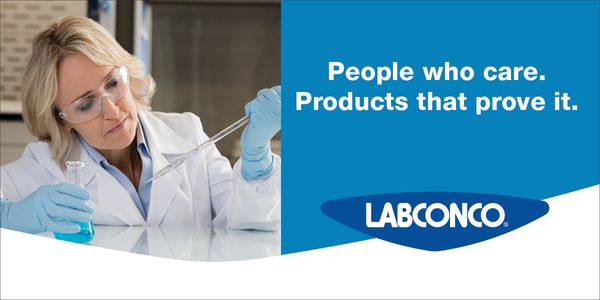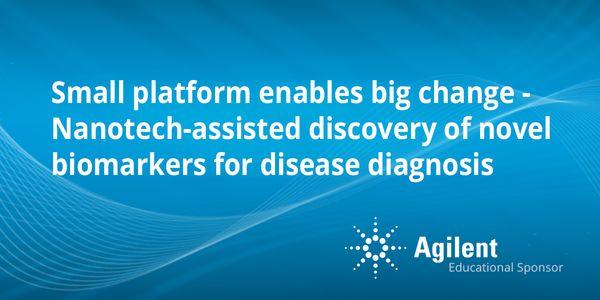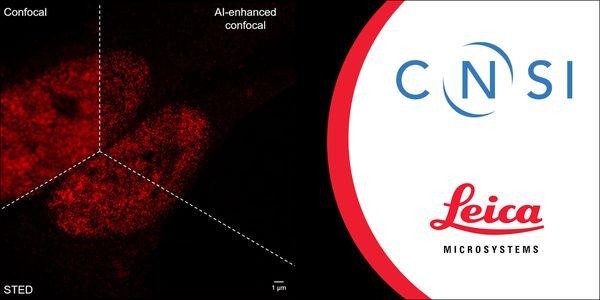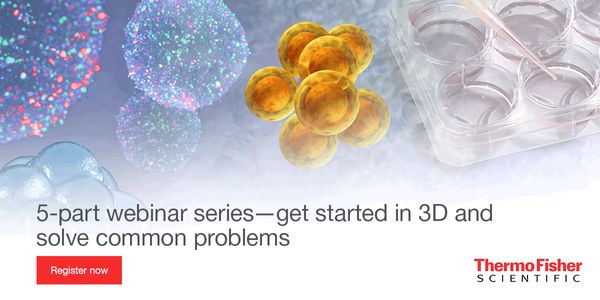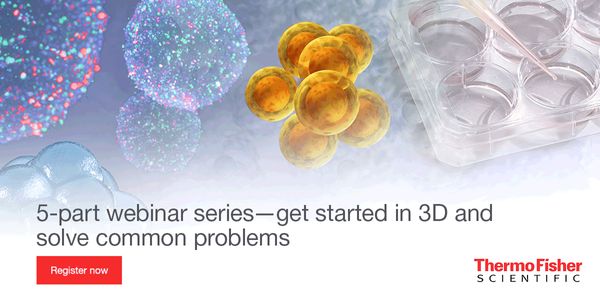Innovation
Innovation: is a "new idea, creative thoughts, new imaginations in form of device or method". However, innovation is often also viewed as the application of better solutions that meet new requirements, unarticulated needs, or existing market needs.
-
MAY 15, 2019 | 12:00 PMDATE: May 15, 2019TIME: 9:00am PDTHepatitis B infections remain a significant global healthcare burden resulting in 887,000 deaths in 2015. Clinical laboratories can have a measurable i...Release of the first human genome assembly was a landmark achievement, and after nearly two decades of improvements, the current human reference genome (GRCh38) is the most accurate and compl...
Recent improvements in sequencing chemistry and instrument performance combine to create a new PacBio data type of highly accurate (HiFi), long insert reads. Increased read length and improve...
Speaker:
Jonas Korlach, PhD
CRISPR/Cas gene editing has become the gold standard for individual gene perturbations as well as high-throughput functional screenings, with a rapidly increasing demand for high-quality CRIS...
APR 30, 2019 | 9:00 AM
DATE: April 30, 2019TIME: 9:00am PDTAre you still handwashing all of your glassware? Are you considering buying an automated lab glassware washer? Does saving money get your attention...
APR 30, 2019 | 8:00 AM
DATE: April 30, 2019TIME: 8:00am PDTIumour-derived extracellular vesicles (EVs) are of increasing interest as a resource of diagnostic biomarkers. However, most EV assays require large...
APR 18, 2019 | 9:00 AM
DATE: April 18, 2019 TIME: 9:00am PDT...
Speaker:
Aydogan Ozcan, PhD
, Hongda Wang, MS, BS
, Yair Rivenson, PhD
, Laurent Bentolila, PhD
Sponsored By: Leica Microsystems
APR 17, 2019 | 9:00 AM
DATE: April 17, 2019TIME: 9:00am PDT...
Mammoth Biosciences is developing next-generation CRISPR platforms to build rapid, point-of-care molecular diagnostics. Our innovative DETECTR technology leverages novel CRISPR proteins whose...
APR 03, 2019 | 9:00 AM
DATE: April 3, 2019TIME: 9:00am PDT...
The cannabis industry has realized that not just one or two compounds of the plant are important for a variety of medical indications. A plethora of metabolites, e.g. terpenes, flavonoids and...
Automating Cannabis Testing with Laboratory Information Management Systems (LIMS) Software systems automate not only key aspects of laboratory testing, but provide a comprehensive data manage...
Speaker:
Christine Paszko, PhD, MT (ASCP)
Presented at: Cannabis Sciences Virtual Event Series 2019
MAR 20, 2019 | 9:00 AM
DATE: March 20, 2019TIME: 9:00am PDT...
Neurotechnology promises a way to repair the damaged nervous system that requires a merger of neuroscience, engineering and clinical knowledge. Brain Computer Interfaces can now read out the...
Localizing and identifying neuronal patterns that generate pathological brain signals may assist with tissue resection and intervention strategies in patients with neurological and psychiatri...
